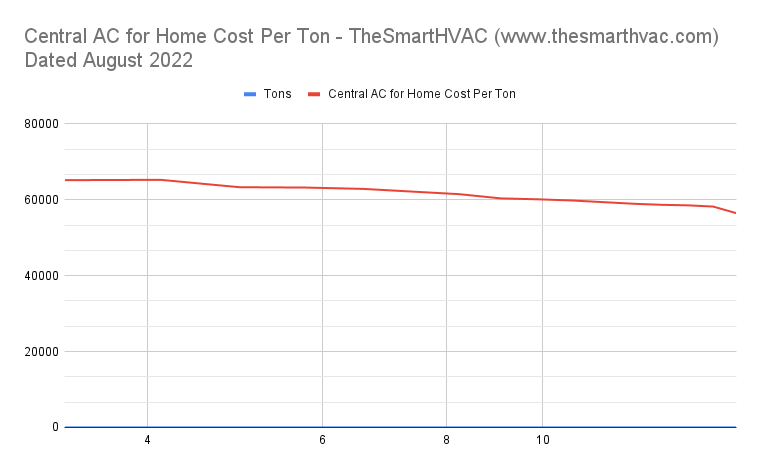In this post, we will discuss the process of designing and manufacturing a customized air handling unit in India"
TheSmartHVAC with its in-house team of mechanical design engineers and manufacturing staff designs and manufactures robust and long-lasting AHU’s for the Indian market. One such inquiry for the 10 numbers of customized air handling systems came from the British High Commission in New Delhi. This was a prestigious client and therefore, TheSmartHVAC’s best design engineers visited the site and understood the requirements carefully. Requirements such as static pressure in mm WG, Airflow in CFM, 3 modes of operations (high speed, medium speed, low speed), provision for the return air, mixing box in order to mix the fresh air with the return air, number of AHU Coils rows needed to achieve desired cooling, filter requirements, type of double-skin casing, and the selection of the high-quality blower / impeller with energy-efficient motor.
After understanding the requirements in detail, the design team prepared the comprehensive drawing for the Air Handling Unit including the parameters for different components such as the AHU Coils, Impeller, filter, motor, impeller / blower curves, and double-skin casing. The 8-row AHU Coils were selected with a tube diameter of 9.54 mm or 3/8 inches. Kruger’s direct-drive forward-curved impeller with in-built motor with a power rating of 550 watt 4 pole and low noise was selected. The impeller diameter was 443 mm. The impeller also offered the 3 different modes of operations (high / medium / low). The 0.8 mm Galvanized Steel (GI Sheet) was chosen to prepare the double-skin casing for robustness and long-life. Hollow-extruded Aluminum profile with a thickness of 40mm was provided in order to maintain robustness and long-life of the casing. The panels were injected with CFC Free PUF with a thickness of 45mm and a density of 40 Kilogram per Cubic Meter. 25 mm thick box-type pre-filter was chosen.
The proposal was submitted to the client and since all the parameters were in line with the client’s requirements, therefore, the order to produce 10 numbers of customized air handling systems was awarded to TheSmartHVAC. The commercial terms were agreed upon and the contract was signed.
The next step in this whole process was to manufacture the AHU unit as per the submitted proposal. TheSmartHAVC’s in-house team of manufacturing engineers studied the drawing in great-depth. Additionally, the manufacturing engineers further visited the site in order to double check all the dimensions including the mouth sizes for impellers, return air, and fresh air. After freezing in the dimensions, the process to manufacture the air handler was started.
The first step in the manufacturing process of these AHU’s was to prepare the double-skin casing along with hollow-extruded aluminum profile. The GI sheets were cut in a hydraulic power press in order to make the double-skin casing. Thereafter, hollow-extruded aluminum profiles were installed and then the complete panel was injected with CFC free PUFF. Once the body or the casing of the AHU system was ready, then, pre-filter and AHU Coils were installed as per the approved drawings. Thereafter, the impeller with an in-built motor was installed. The mouths for impeller, return air, and fresh air were cut as per the drawing. Special attention was paid to the direction of the AHU Coils headers and drain outlet. The overall goal was to ensure that these AHU’s were installed in a straightforward manner at the client site without any changes in the existing copper pipework, ductwork, and drainwork.
This was one such example of delivering high-quality robust customized AHU’s. TheSmartHVAC with its team of designers and production specialists is fully equipped to take on any small or large AHU Unit orders. TheSmartHVAC has its own state-of-the-art factory in New Delhi and the Air Handling Unit Systems are delivered across India.

